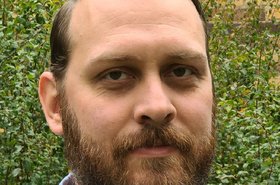The US may have only just broken the exascale barrier with the Frontier supercomputer, but it is now aiming to build systems that are 5-10 times as powerful.
At least one of the supercomputers is planned for 2025-2030, the Department of Energy (DOE) said in a request for information (RFI).
The DOE said that it expects "these systems to operate within a power envelope of 20–60MW," and was also looking to support the software stack to handle the new systems.
"These systems must be sufficiently resilient to hardware and software failures, in order to minimize requirements for user intervention," the RFI states. "As the technologies evolve, we anticipate increased attention to resilience in other supercomputing system developments.”
Frontier currently has been clocked at 1.102 Linpack exaflops of compute power (sustained), but is expected to be able to reach a peak theoretical performance of two exaflops in the future. It currently consumes 20MW, but that will grow to more than 30MW at its peak.
The US has two other exascale systems on the way - the Aurora supercomputer, which is expected to be capable of two exaflops. Another two exaflops system is expected next year, the El Capitan supercomputer.
"Our rough estimate of targets includes traditional HPC (based upon past trends over the past 20 years) systems at the 10–20 FP64 exaflops level and beyond in the 2025+ timeframe and 100+ FP64 exaflops and beyond in the 2030+ timeframe through hardware and software acceleration mechanisms," the DOE said in its RFI.
China is believed to have secretly set up the world's first exascale supercomputer in 2021, soon following it up with a second system. As many as 10 exascale supercomputers are thought to be in development in the country.







